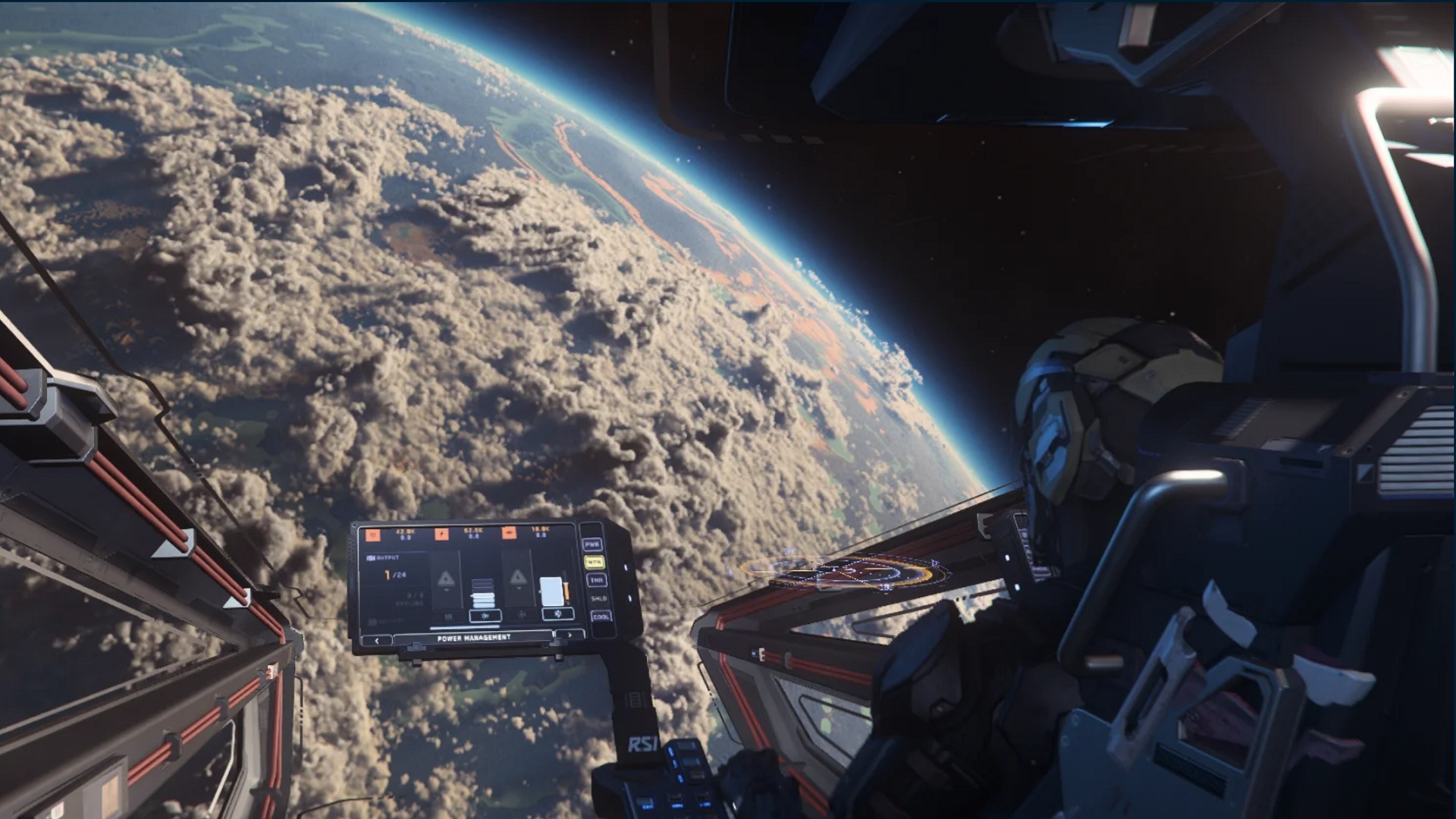NASA's Terra Satellite Moved to Avoid Chinese ASAT Debris
This story was updated at 1:18 p.m. EDT.
WASHINGTON? Flight controllers at NASA?s Goddard Space Flight Center, Greenbelt, Md., hadto maneuver the Terra environmental spacecraft in late June to avoid orbitaldebris created by the Jan. 11 test of a? Chinese anti-satellite (A-Sat) weapon.
NASAofficials said July 5 that the event marked the first time the agency has had tomove one of its spacecraft to avoid a potential collision with debris createdby the controversial Chinese A-Sat test.
A defunctChinese weather satellite, Fengyun 1-C, was orbiting at an altitude of roughly528 miles (850 kilometers) when it wasdestroyed Jan. 11 after being struck by a kinetic energy A-Sat weapon,producing a cloud of debris that is being tracked by the U.S. military?s SpaceSurveillance Network.
A ?TerraMission Status Update? posted on the U.S. space agency?s Web site says Goddardflight controllers briefly fired Terra?s thrusters June 22 after a week oftracking and analysis showed a 7-percent chance of the satellite being hit byFengyun-1C debris the following day. The maneuver boosted Terra by 0.8 miles (1.3kilometers) and reduced the chance of collision to zero, the status reportsays.
LauriNewman, Goddard?s conjunction assessment manager for the agency?s Earth sciencesatellite constellation, said an orbital debris report she received from theU.S. Air Force June 18 showed that a single piece of Fengyun-1C debrismeasuring about 15 inches (40 centimeters) across was on course for a possiblecollision with Terra later during that week.
?We foundthe event on a Monday during routine analysis and did the maneuver on Friday,?she said.
Get the Space.com Newsletter
Breaking space news, the latest updates on rocket launches, skywatching events and more!
Because ofthe advanced warning, NASA only had to fire Terra?s engine for a relativelyshort 1.3 second burst to move the satellite out of harm?s way. The resultingmomentum raised Terra?s orbit by 0.8 miles over the next 24 hours.
NASAtypically fires Terra?s engine three to five times a year for about eightseconds at a time to compensate for normal atmospheric drag.
NASA doesnot know for sure whether the Fengyun-1C debris would have hit Terraif it had not been moved out of the way. But subsequent analysis, Newman said,showed that a collision was still possible.
?We got onefinal prediction after we did the maneuver and that showed that it was still inthe error bands that we were showing before,? she said.
Asked ifshe considered the June debris event a close call, Newman said, ?from whatwe?ve seen so far, yes.?
- Anti-Satellite Test Not a Hostile Act, Chinese Space Official Say
- China's Anti-Satellite Test: Worrisome Debris Cloud Circles Earth
- China's Anti-Satellite Test Widely Criticized, U.S. Says No New Treaties Needed
Join our Space Forums to keep talking space on the latest missions, night sky and more! And if you have a news tip, correction or comment, let us know at: community@space.com.
Brian Berger is the Editor-in-Chief of SpaceNews, a bi-weekly space industry news magazine, and SpaceNews.com. He joined SpaceNews covering NASA in 1998 and was named Senior Staff Writer in 2004 before becoming Deputy Editor in 2008. Brian's reporting on NASA's 2003 Columbia space shuttle accident and received the Communications Award from the National Space Club Huntsville Chapter in 2019. Brian received a bachelor's degree in magazine production and editing from Ohio University's E.W. Scripps School of Journalism.
